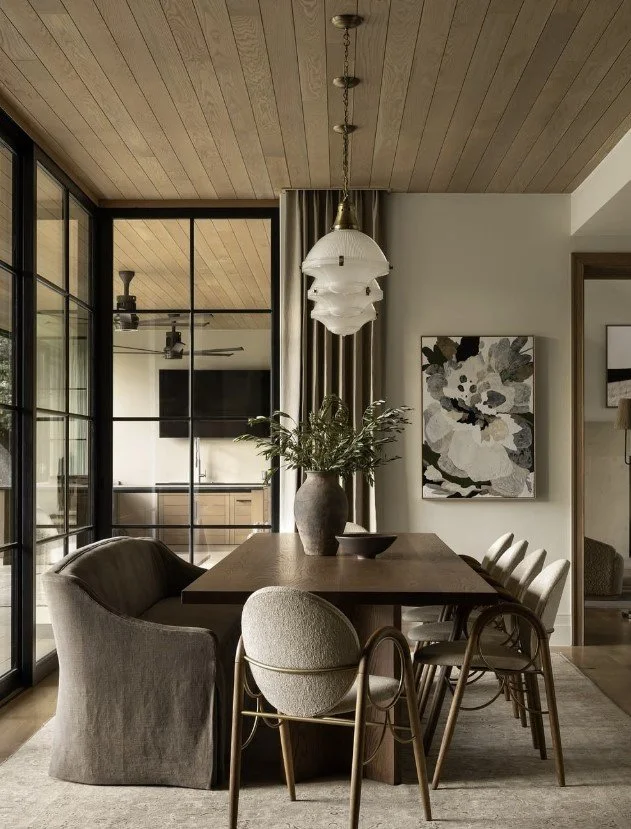A Sense of Place
Architect:hdg_architecture
Design:studiomcgee
Sense of place refers to the emotional bond people feel for an area. Many people who grow up or live near the ocean consider it an important part of their sense of place, which feeds into their overall well-being.
Sense of place is a complex concept that describes the connection between people and the places they inhabit. It can also refer to the unique characteristics of a place.
What is sense of place?
A feeling or perception that people have about a place
A characteristic of a place that some people have a connection to
A collection of feelings, values, and beliefs that people associate with a place
A way to recognize and respond to the different identities of places
How is sense of place created?
Through sensory impressions, memory, imagination, and reason
Based on human experience, social relationships, emotions, and thoughts
What can sense of place be like?
Positive feelings of comfort, safety, and well-being
Negative feelings of fear, dysphoria, and placelessness
How is sense of place important?
It's a key part of human experience
It's important for understanding the subjective nature of human environmental experiences
It's important for understanding how people value places
Design: bradletadcockdesign Design: nicolehollissf Design: studioblackinteriors Design:zeworkroom studio
The interior design process for creating a sense of place involves considering the space's context, your personal experiences, and how to create a sense of identity and community. You can also use design elements like color, texture, and furnishings to reflect your personality and interests.
Process
Define goals: Consider what you want to achieve with the space
Understand the context: Consider the space's dimensions and how it's used
Create a sense of identity: Use colors, furnishings, and textures to express your style and personality
Create a sense of comfort: Make the space feel welcoming and cozy
Encourage a sense of community: Consider how the space can bring people together
Evaluate and improve: Reflect on what works and what could be improved
Elements
Color: Use colors that reflect your personality and style
Texture: Use materials with different textures to create a mood, such as smooth glass or rough brick
Furnishings: Use custom furniture or artwork to make the space stand out
Space: Consider the space's dimensions and how it's used
Light: Consider how light affects the space
Line: Consider how lines are used in the space
Form: Consider how forms are used in the space






